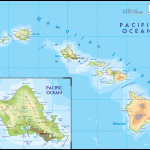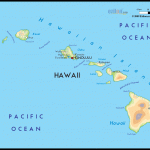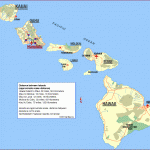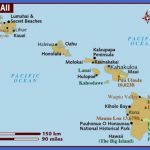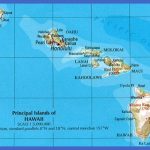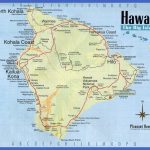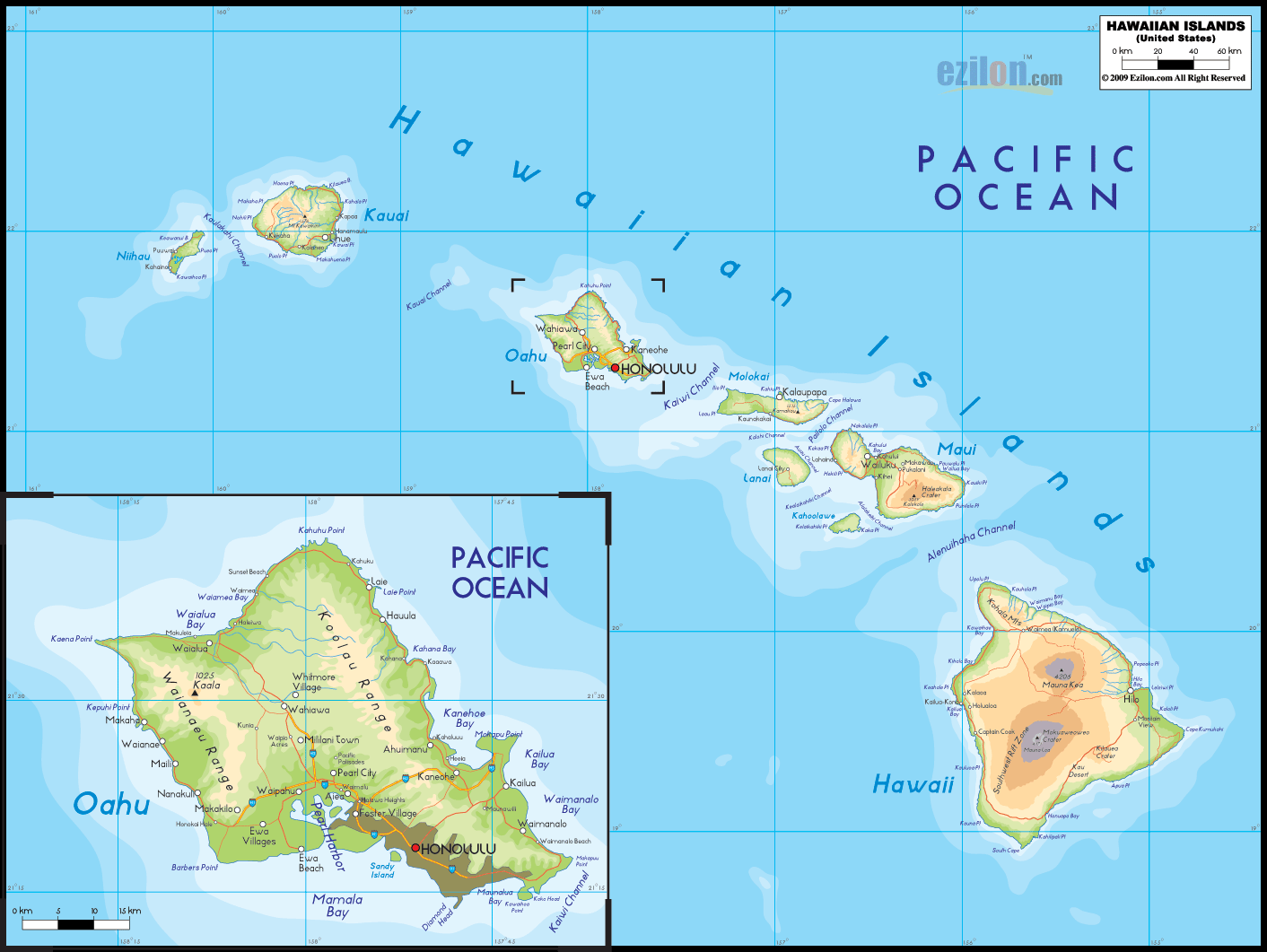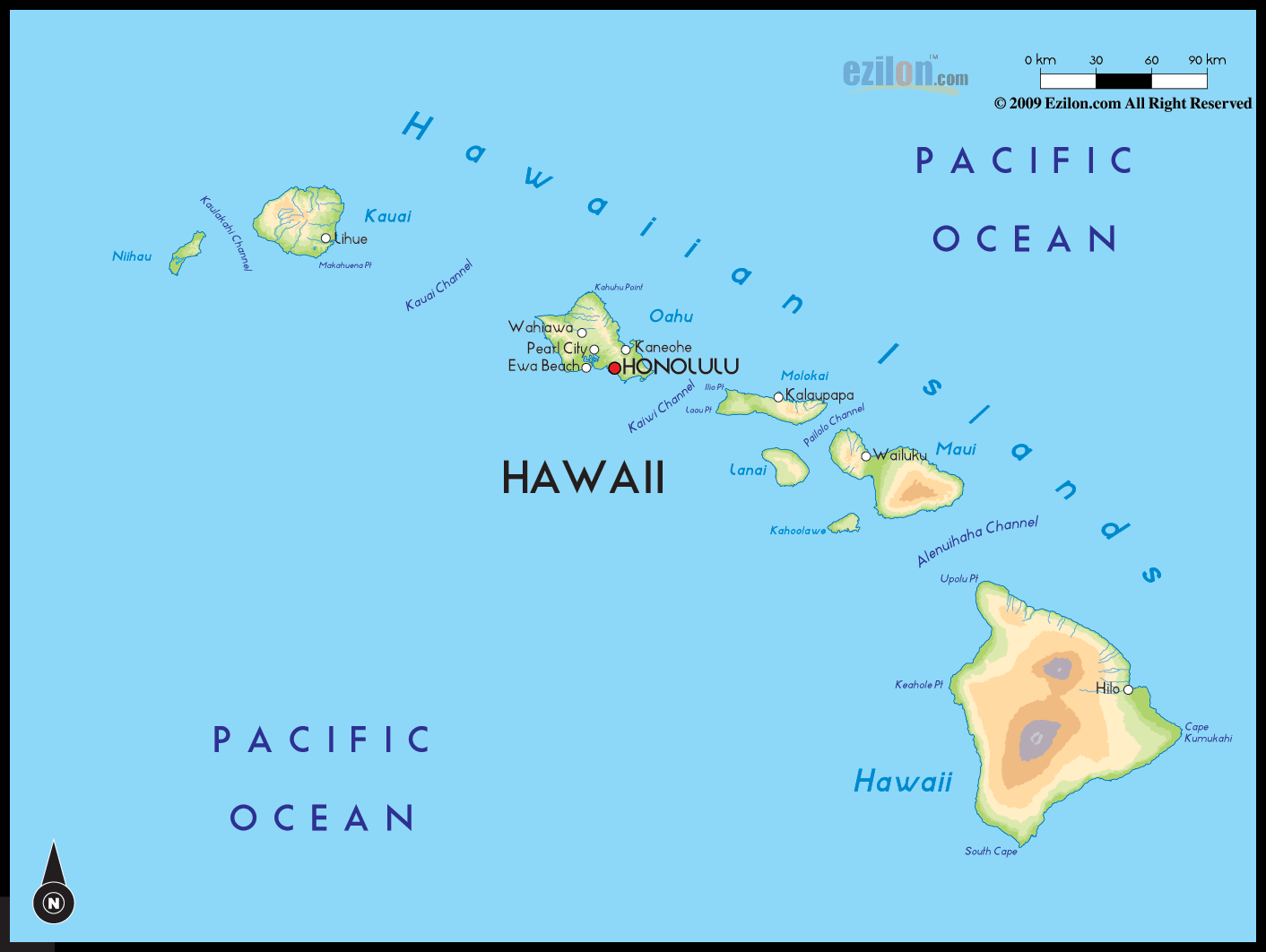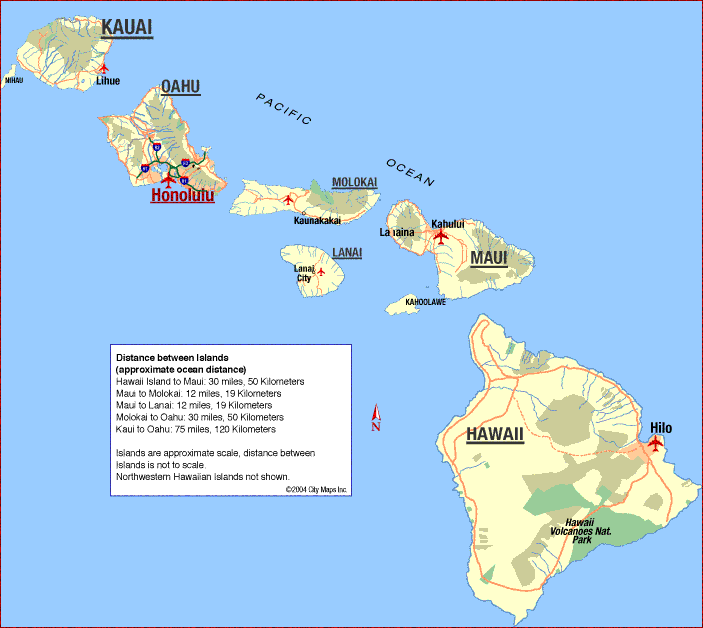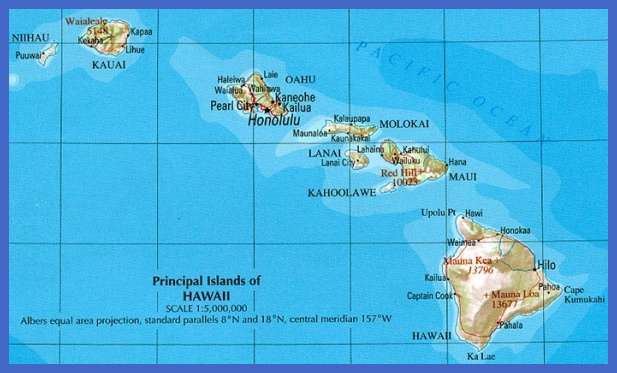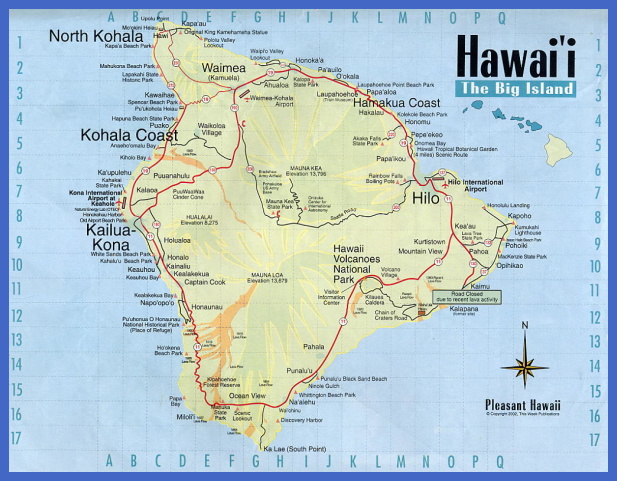CULTURAL CONTRIBUTIONS
As a result of the pervasive and ubiquitous ethnic diversity in the state of Hawaii, it would be difficult to affirm that there exists a distinct Latino identity on the Islands. The situation is such that many in the Latino community believe they garner too little respect from the other ethnic groups, largely because they are misunderstood. The fact that their purchasing power remains largely untapped attests to this invisible stature.
Latinos did start organizing themselves around cultural organizations early on in their arrival to the Hawaiian Islands. By 1931, Puerto Ricans had established the United Puerto Rico Association of Hawaii, and a year later came the Puerto Rican Independent Association. These would merge in 1973 to become the United Puerto Rican Association of Hawaii. Still active today, the United Puerto Rican Association of Hawaii, located at 1249 N. School Street in Honolulu, remains a social hall that hosts Latino activities. Like the Puerto Rican Heritage Society founded by Blase Camacho Souza and Faith Evans in 1980, it promotes a scholarship program for the grandchildren of Puerto Rican migrants. More recent is the Latin Business Association of Hawaii, which Ray Cruz, Jose Villa, his
wife Marie Villa, and Jesus Puerto founded with the intention of becoming a link between Hawaii’s Latino businesses and the global business community.
On Maui the service program for Latinos, called Enlace Hispano, founded in 1999, provides translation services, referrals, cultural events, and education and development opportunities for Maui’s growing Latino community. As part of Maui Economic Opportunity (MEO), Enlace Hispano awards the Cesar Chavez prize to recognize the effort of Hispanics on the island; recipients so far have been Cesar Gaxiola (2005) and Silvia Naiberg (2006), present director of Enlace Hispano.
Although Latino cultures have blended into one larger local culture, Latinos are more visible in the food and names. Local dishes such as pateles (as pasteles are locally known) from Puerto Rico are found alongside horchata, churros, malasadas, Portuguese bean soup, and sausages. Across the islands there are numerous Latino restaurants; although the majority are Mexican, there are some Argentinean, Cuban, and Puerto Rican ones as well. In fact, the ethnic food aisles in many Hawaiian supermarkets stock a Mexican section alongside the Japanese, Thai, or Vietnamese sections. The fusion in food is such that ka’lua tacos or taro tortillas are staples on menus across the islands. Many of these can be found at the Hawaii Hispanic Heritage Festival, which usually takes place in October in Honolulu, and at the Somos Amigos Festival on Maui. These two festivals, the first launched by the once very active Centro Hispano de Hawaii/Hawaii Hispanic Center and the second by Enlace Hispano, showcase Latino music, dance, and food, although Somos Amigos incorporates Portuguese culture as well.
Insofar as a literary contribution to the Hawaiian Islands is concerned, the visibility of Latinos was strongest at the time of migration at the turn of the twentieth century. Puerto Rican migrants such as Carlo Mario Fraticelli, Salvador Hernandez, Nicolas Caravallo Vegas, Justo Perez Pena, Andalecio Troche, and Tanilau Dias wrote decimas in the jibaro oral tradition and recited or sung them at social gatherings. Fraticelli, who migrated to Hawaii in 1901, seemed to be conscious that he [was] the spokesperson for his Puerto Rican people.5 As Fraticelli chronicled life in Hawaii in Spanish, and called Puerto Ricans to action against an unjust oligarchic plantation system, he could not help but pervade his poetry with deep nostalgia and regret for leaving his beloved Puerto Rico.
Rodney Morales, of Puerto Rican descent and professor at the University of Hawaii, recalls another perspective of the migrant experience: a Puerto Rican culture that, intertwined with that of the Japanese, Filipino, Portuguese, and Hawaiian communities, helped form the local culture that the plantation system gave way to. In Ship of Dreams, Morales draws on the distinct ethnic differences that distinguished the diversity of the local culture of Hawaii, without the nostalgia of his parents’ or grandparents’ generations.
Latinos have achieved substantial visibility in the music that is heard on the Hawaiian Islands. Guitars, generally believed to have entered the Islands with
the paniolos in 1832, and the ‘ukelele which has its precursor in the Portuguese braguinha, brought from Madeira by migrants at the turn of the century have both had a profound influence on Hawaiian music. The Spanish influence on the slack-key guitar is likened to that of the falsetto singing, which also arrived with the pan-iolos from Veracruz and blended with ancient Hawaiian chants to become an essential element of Hawaiian music. An indication of how music blended life on the culturally diverse plantations is kachi-kachi (or katchi-katchi) music, the onomatopoeic name the Japanese used for the folkloric music of the migrants from Puerto Rico as they scraped the guiro. The cuatro is the focus of jibaro music in Hawaii, and although kachi-kachi music is more infrequent every day, it can be said to link the traditional and contemporary music of the Boricua community in Hawaii.
For Angel Santiago, president of the United Puerto Rican Association of Hawaii, it was through sports and music that the Puerto Ricans on the Islands were able to hold on to their roots. There were a great number of groups playing the cuatro, guiro, box bass, maracas, palitos, or the bongos at the association’s social hall until very recently, such as the Trio Borinque or Silva and His Rumba Kings in the 1930s, The Jolly Ricans in the 1950s, the Rumbacheros in the 1960s, or Boy and His Family of Troubadors from 1941 to 1986. Puerto Ricans excelled
Trio Borinque (circa 1930). Courtesy of United Puerto Rican Association of Hawaii.
in baseball: they were Territory Champions and had their own baseball leagues. However, due to a lack of players, the Puerto Rican baseball league has ceased to exist as such. Joseph Martin took Puerto Rican excellence in boxing one step further and became a Hawaii sumo wrestler champion in the 1950s.
There are a handful of Latino radio shows airing in Hawaii today, most notably Sabor Tropical, on Hawaii Public Radio, but without a doubt Latino music is more visible on the dance floor, where salsa dancing in clubs and classes can now be found almost nightly, sometimes in more than one venue. These local Hawaiian salsa bands are usually a composite of residents of Latino ancestry and, more often than not, Latino members of the military.
NOTES
1. Cheng and Ho, 2002, 12.
2. U.S. Census Bureau, 2000 Census.
3. U.S. Census Bureau, 2007 American Community Survey Reports.
4. U.S. Census Bureau, 2000 Census.
5. Dias, 2001, 100.
Map of Hawaii Photo Gallery
Maybe You Like Them Too
- Explore Pulau Sebang Malaysia with this Detailed Map
- Explore Southgate, Michigan with this detailed map
- Explore Les Accates, France with this Detailed Map
- Explore Góra Kalwaria, Poland with this detailed map
- Explore Gumdag, Turkmenistan with this detailed map

